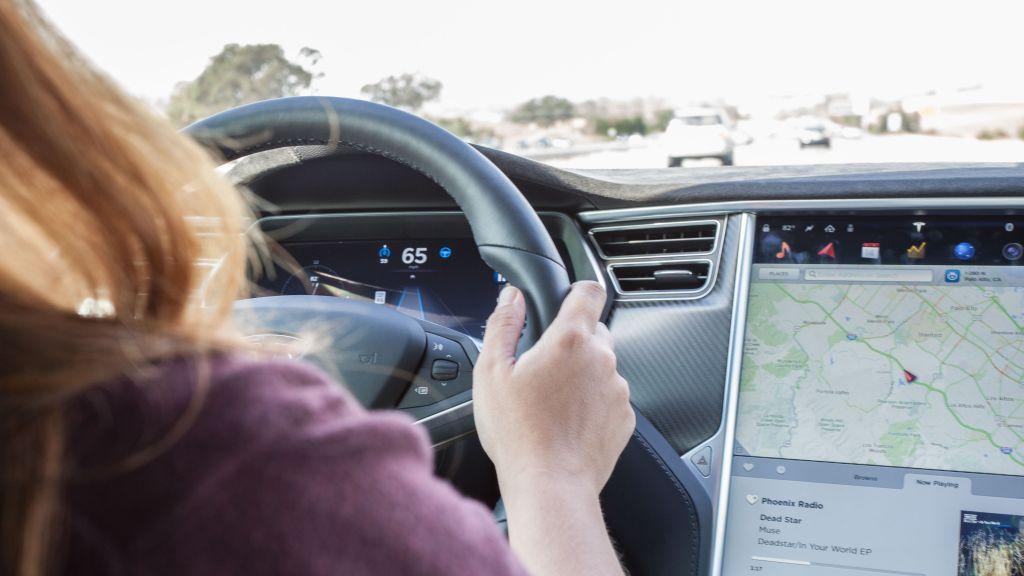California cops invented a new maneuver to pull over sleeping Tesla drivers on Autopilot
How do you pull over a sleeping driver traveling 70 mph down the freeway? The California Highway Patrol invented what it says is in a new maneuver, after an officer pulled up beside a speeding car at 3:30 am on Nov. 30 on Highway 101 near Redwood City, California, The Los Angeles Times reports.


How do you pull over a sleeping driver traveling 70 mph down the freeway? The California Highway Patrol invented what it says is in a new maneuver, after an officer pulled up beside a speeding car at 3:30 am on Nov. 30 on Highway 101 near Redwood City, California, The Los Angeles Times reports.
The driver behind the wheel was not responding to the highway patrol officers’ flashing lights and sirens. After calling for assistance, the officers decided to pull in front of the car to slow it down. By gradually reducing their speed, the Tesla, believed to be driven at the time by the car’s semi-autonomous Autopilot software, reduced its own speed and came to a stop several miles later, not far from Tesla’s headquarters in Palo Alto.
The driver was brought to the police station for a DUI investigation, and the vehicle was driven off the highway by an officer. A highway patrol spokesperson told the LA Times that “considering the vehicle’s ability to slow to a stop when Samek was asleep, it appears the ‘driver assist’ feature may have been active at the time,” although it was not confirmed if Autopilot was engaged.
Although Tesla’s Autopilot feature mandates drivers stay engaged at all times, it lacks a safety feature that disengages self-driving software when the driver’s eyes are no longer trained on the road, unlike other systems such as Cadillac’s Super Cruise, according to Consumer Reports.
If drivers don’t keep their hands on the steering wheel, Tesla’s Autopilot warns the driver, and eventually pulls the car over. But the steering wheel’s pressure sensors can be gamed. Cadillac’s Super Cruise, in contrast, uses a small camera trained on the driver’s eyes. When a driver takes his or her eyes off the road, the car uses warning lights, sound alerts, and a vibrating seat to rouse the driver before automatically pulling over. That safety feature put the Cadillac technology ahead of Tesla’s Autopilot in Consumer Reports’ recent ranking of automated driving systems.